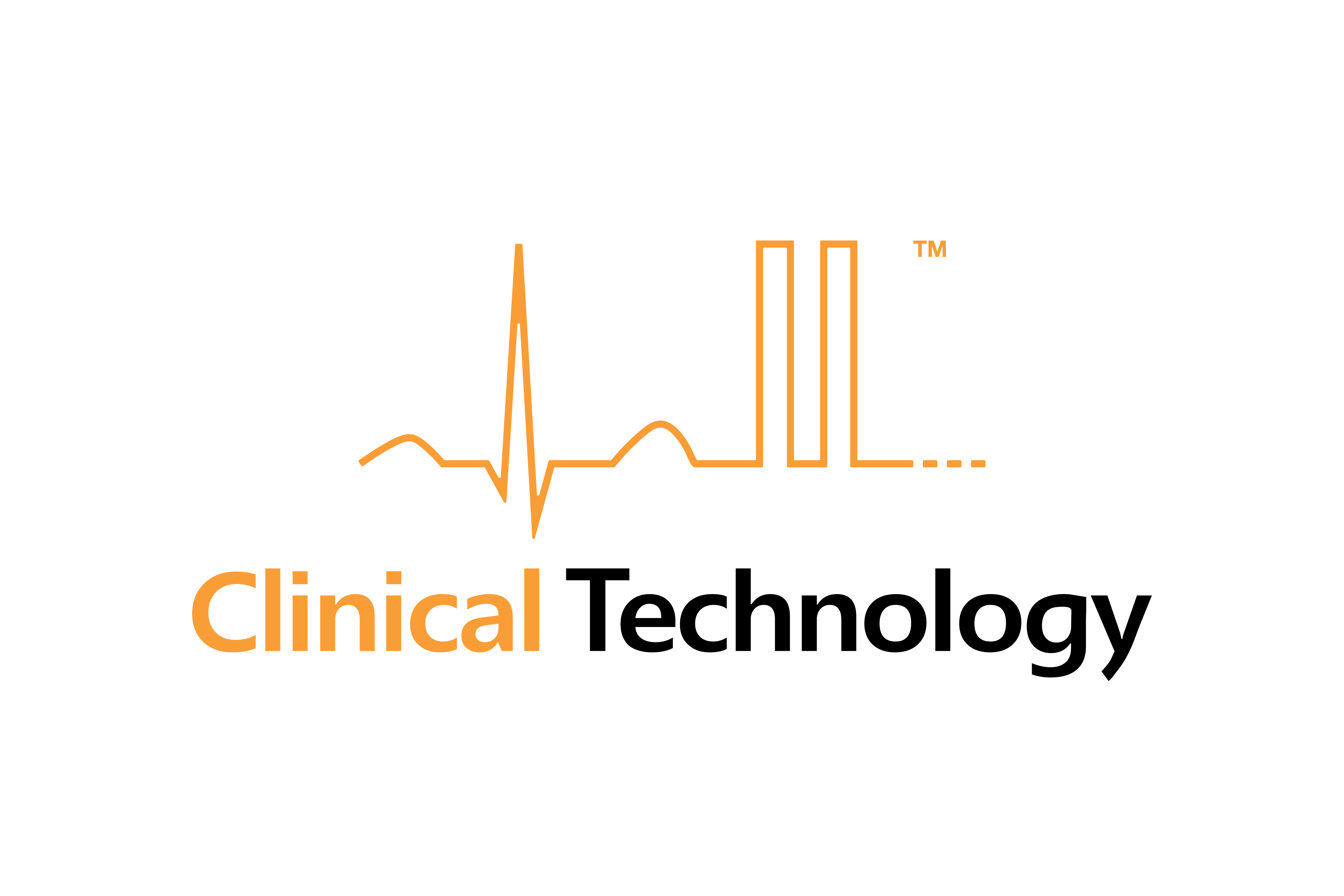(Mature)
There has recently been an RFI that has illuminated the need for a TQT environment in the Medidata Cloud. Thorough QT Testing or TQT is a very large (~794$M) market in the US alone. As I’ve mentioned in a previous posting in the community, the rationale for thorough QT” or “cardiac safety testing”, is to identify compounds that affect the hERG ion channel response. This is a story that transcends a single industry, and is quite interesting at the same time, as QRS prolongation – a significant risk area for drug development, clinical research, wearable devices, and clinical predictive analytics, is becoming prevalent again based upon the Covid virus QRS prolongation effects. (link)
What is interesting about the RFI, is that they are simply requesting the ability to capture, store, and edit data as well as transmit to the FDA ECG Submission Gateway as a service. Per the behest of the Medidata group, I have met with Dr. Fabio Badilini, and he is working on providing a quote for minimally what it would take to satisfy the RFI (TQT ECG editing environment running on 3DS Cloud). The RFI further asks for what they deem as “nice to have” and that is to store continuous or Holter ECG data. There is actually a further technology in TQT where long-term continuous, multi-physiology testing. Interestingly, Fabio has been working with my old boss, Dr. David Mortara on a paper regarding using AI to detect QRS prolongation, as well as a novel, new vendor-agnostic patient monitoring alarm system. (link)
Dassault has a unique opportunity using this RFI as a basis, to develop a corporate relationship with AMPS (who literally wrote the book on TQT technology and who can throw away the key). Fabio has said that he would be open to conversations beyond the simple RFI requirements (which anyone with a cloud and a modicum of TQT knowledge) could win, and thus forever shut you out of TQT business, which IQVIA owns a great deal of anyway. But Dassault is uniquely suited to further develop the QRS Prolongation story which could include:
- Using BIOVIA to flag and identify small molecules that have the perchance for inhibition of the hERG ion which can lead to QRS prolongation. As I understand the ONELAB GenerativeTherapeuticsDesign team added a deep-learned predictor of hERG.
- SIMULIA Using 12 lead ECG simulation to simulate 12 lead ECG based upon aforementioned BIOVIA novel small molecule discovery. Simulation of 12 lead ECG is entirely possible and is in the literature (link) currently.
- MEDIDATA would add TQT Rx ECG Management as required for the RFI. I would recommend adding Holter Rx and even HSDI data parsing with a Kinesis-capable front-end capable of not only TQT processing but also TQT analytics. The RFI requests a roadmap, and this would be a very forward-looking roadmap that includes resting and continuous ECG data. Medidata could offer a TQT phase one lab as a service.
- CATIA Electronics Design – The only thing then keeping DS from being able to offer a complete TQT Phase one care lab is a device with which to acquire the ECG data, whether it be continuous or 12 lead. The perfect device for this has not yet been invented, but it has been pitched to DS once upon a time. There
iswas no such box that can acquire 1/3/5/7/12/15 leads ECG in either a static XML, aECG, or HSDI format. Bioinsight is such a device. The FDA in fact just published “Digital Health Technologies for Remote Data Acquisition in Clinical InvestigationsGuidance for Industry, Investigators, and Other Stakeholders” (link) which basically specs out such a secure, embedded system-based edge AI device. - CATIA NoMagic for predictive analytics. I have written about this in a LinkedIn article about using SysML as a “Kubernetes-style” container that can hold the entirety of the cloud architecture for a particular predictive algorithm/visualization object.
6. Partner with a consulting technology proxy to develop a ‘white box” acquisition device that can capture 12 lead ECGs as well as continuous data and store in the cloud. The device would be developed using system-on-chip, or SoC for low-risk design (which indeed has already been vetted), and develop a novel method for transporting multi-physiological data to the cloud where it can be formatted as well as used to feed clinical predictive analytics and or simply storing files as part of a clinical research ecosystem
7. Develop a new ambulatory AI-based clinical predictive algorithm that alerts to QRS prolongation using resources as work already in progress at UCSD Nemati Lab.
Note: These are all just observations and suggestions – I work in LS R&D and thus have only been asked to lend my opinion as a TQT SME, but this is what I would do, from a market strategy POC as well…//rb
BernardCharles RamaKondru danbraga tareksharif ariehhalpern
Transfer this idea to an app|




@Guillaume KERBOUL @Mahaut DE VILLEPIN-LAMBERT